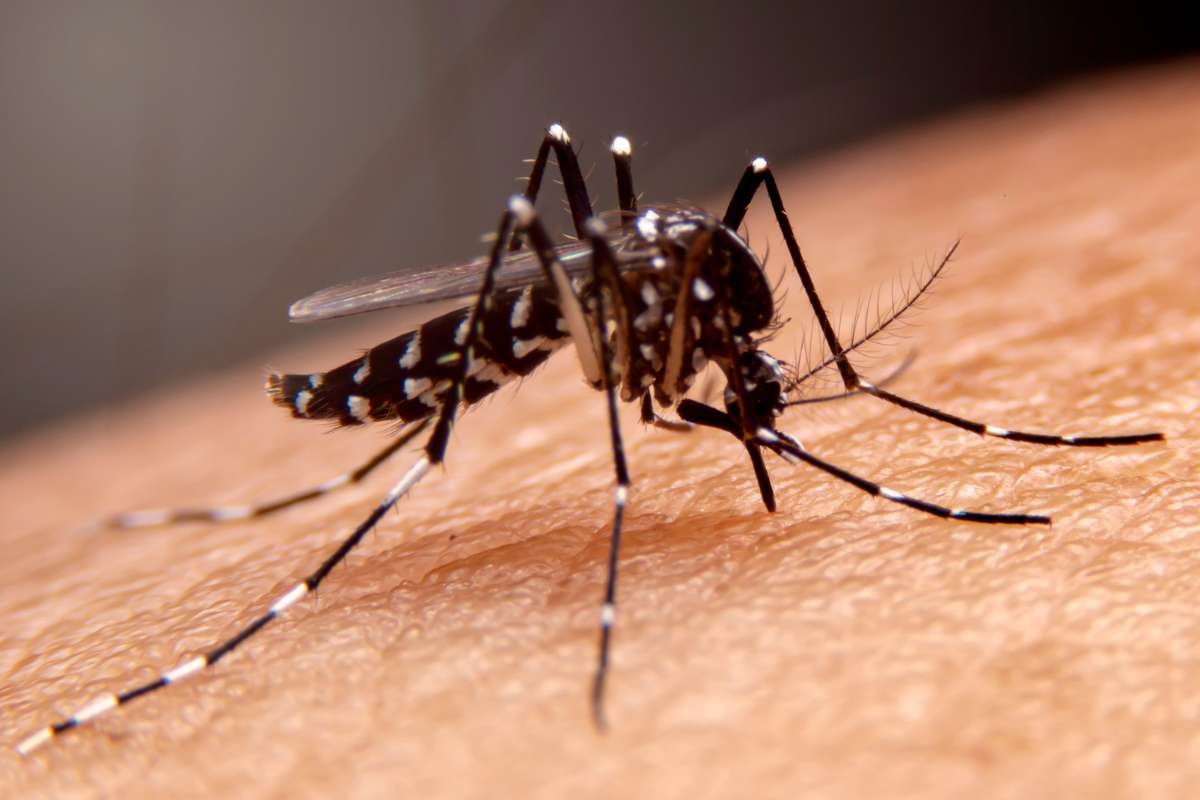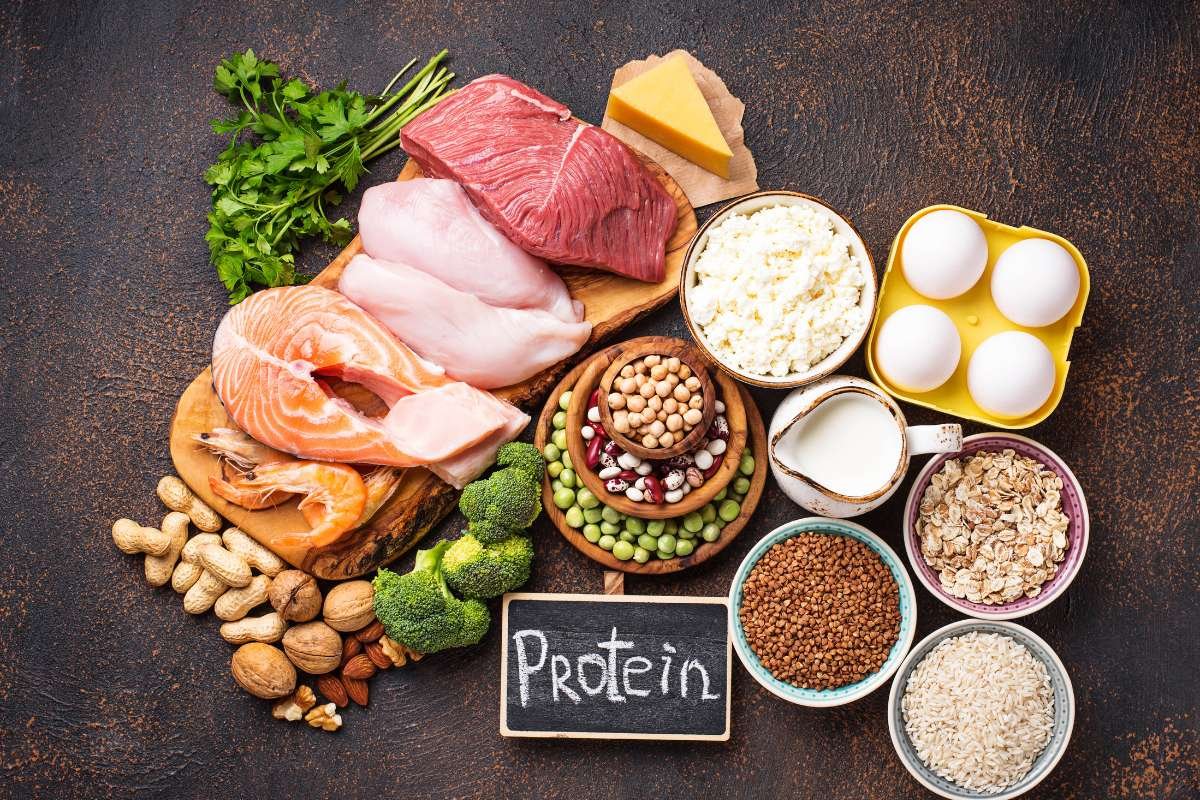Key Points:
- U.S. adult obesity rates have slightly declined, with 19 states now above 35%, down from 23 in 2023.
- West Virginia records the highest rate (41.4%), while Colorado has the lowest (25%).
- Childhood obesity continues to rise, now over 21%.
The number of U.S. states with U.S. adult obesity rates at or above 35% has declined for the first time in more than ten years, according to a new report released Thursday by the nonprofit Trust for America’s Health.
The analysis, based on 2024 data from the Centers for Disease Control and Prevention (CDC), found that 19 states reported adult obesity rates of 35% or higher—down from 23 states in 2023. While the decrease is modest, it marks the first national improvement in obesity rates since 2012.
Rates still high in South
West Virginia recorded the highest U.S. adult obesity rates at 41.4%, followed by states across the South, Plains, and Midwest. Colorado reported the lowest rate at 25%. Coastal states, including those in the Northeast and West, generally reported lower rates.
In total, 20 states experienced a decline in adult obesity. Virginia saw the largest drop at 2%, while Nevada recorded the biggest increase at 3.4%. Five states—Alaska, Illinois, Missouri, New Mexico, and South Carolina—saw their rates fall below the 35% threshold. Texas, however, rose from 34.4% to 35.6% over the same period.
Obesity, defined as a body mass index (BMI) of 30 or higher, is linked to conditions such as diabetes, heart disease, stroke, and certain cancers. BMI is calculated by dividing a person’s weight in kilograms by the square of their height in meters, though experts note it does not fully reflect variations in body composition.
Children’s obesity continues rise
Despite the improvement among adults, the study found that obesity among U.S. children and teens has surpassed 21%, up from 19.7% recorded between 2017 and 2020. Nationally, four in ten adults remain classified as obese, roughly the same as last year’s figures for U.S. adult obesity rates.
A spokesman for the U.S. Department of Health and Human Services said the government is encouraged by the data but remains focused on expanding prevention efforts. “We are restructuring public health programs to eliminate waste, reduce bureaucracy, and redirect resources toward real prevention,” spokesman Andrew Nixon said.
Researchers say it is unclear what has driven the modest improvements among adults. Increased use of weight management drugs, including Wegovy and Zepbound, may be influencing the trend, said Aviva Musicus, science director at the Center for Science in the Public Interest. Broader access to nutrition programs during the COVID-19 pandemic may also have contributed, she added.
Federal action under review
Some of the programs credited with supporting healthier diets are now facing funding cuts. The SNAP Nutrition Education and Obesity Prevention Grant Program, which expanded access to healthy foods, was eliminated under the recently passed One Big Beautiful Bill. Other changes to the Supplemental Nutrition Assistance Program (SNAP) may also reduce benefits for some recipients beginning in November.
The report highlighted a range of federal, state, and local initiatives that focus on improving diet quality and promoting physical activity. Solveig Cunningham, a global health expert at Emory University who specializes in obesity research, said the results suggest progress is possible.
“I think the report would argue that some of these interventions may actually be successful,” Cunningham said. “That would suggest that there are possibly ways in which we could prevent obesity at the population level, which would be a really big deal.”
While the overall trend in U.S. adult obesity rates is encouraging, experts caution that significant disparities remain across regions and age groups. Continued investment in community health, food access, and education will be key to sustaining long-term progress, the report concluded.







